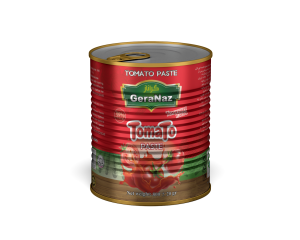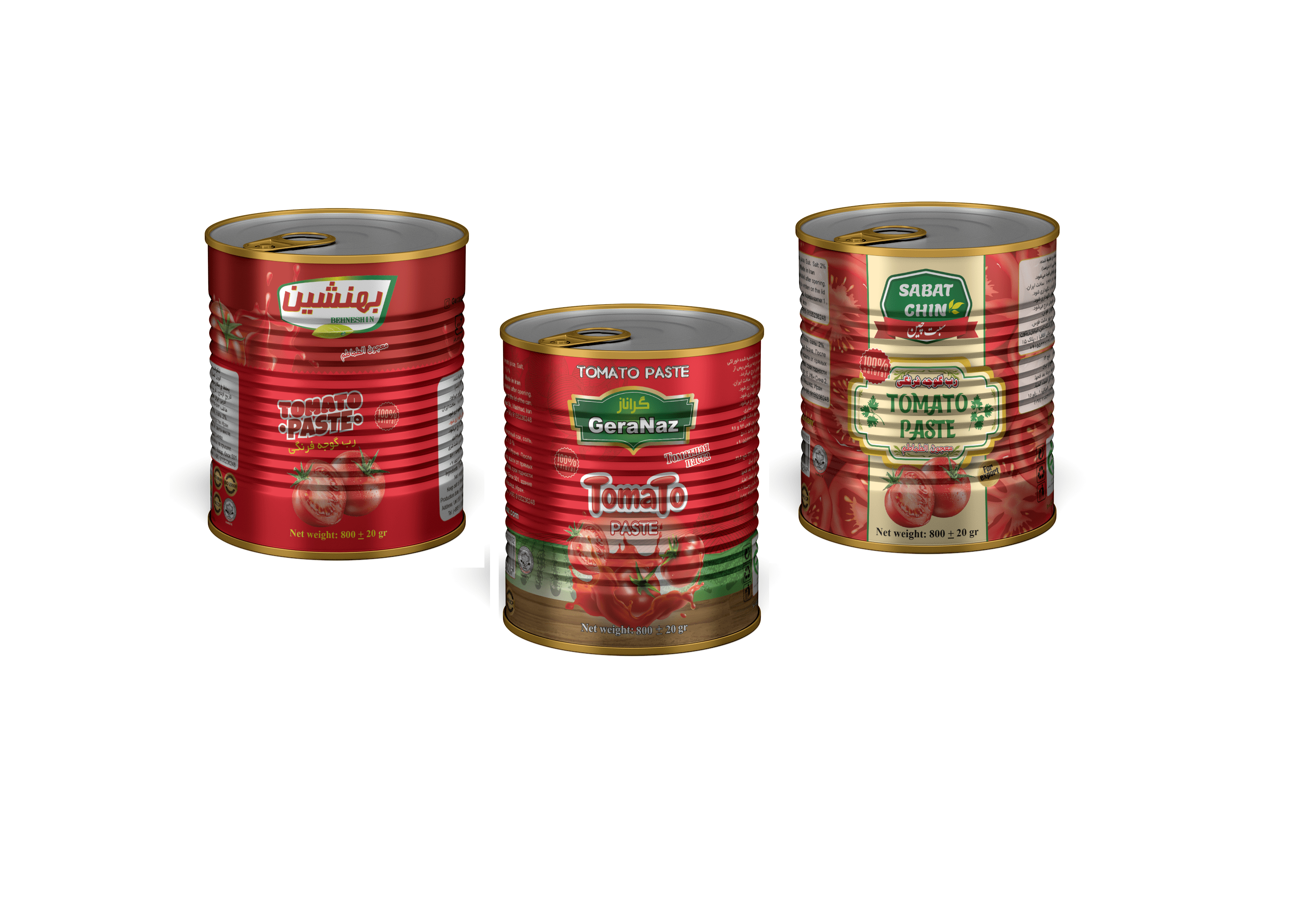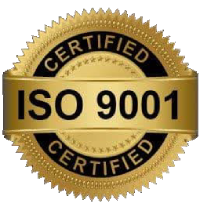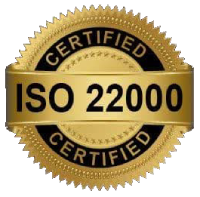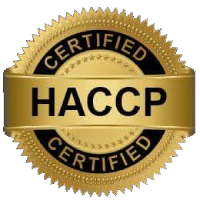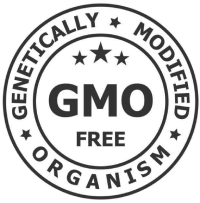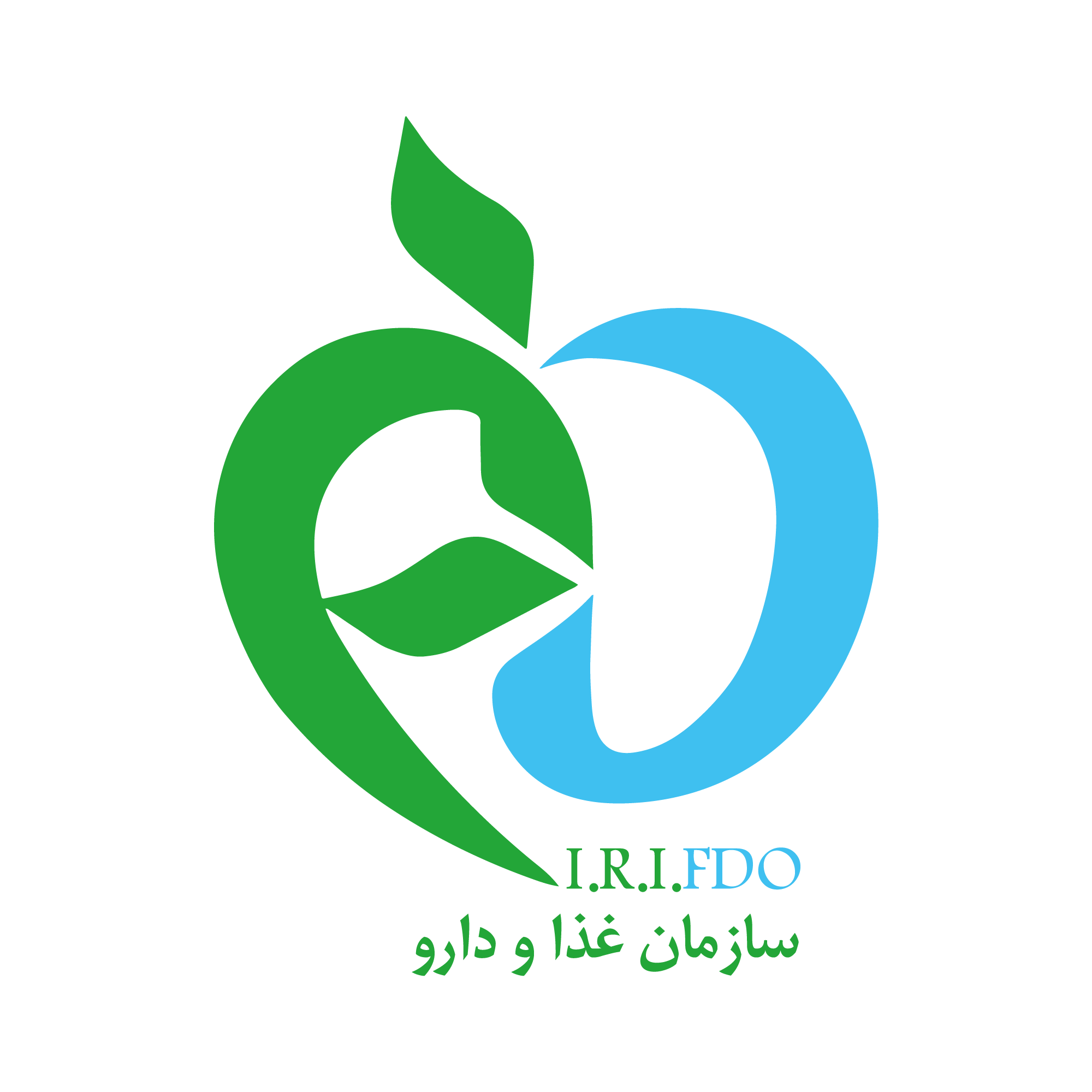The history of tomato paste 800g:
1. Ancient Origins: Tomatoes are believed to have originated in the Andes Mountains in South America over 2,000 years ago. The Incas were known to use tomatoes in their cooking, and they even used them as a form of currency.
2. Spanish Conquest and Introduction to Europe: When the Spanish conquistador Hernán Cortés arrived in Mexico in the 16th century, he discovered the tomato and took some back to Spain. From there, it spread to other parts of Europe, where it was initially believed to be poisonous due to its bright red color.
3. Italian Cuisine and the Rise of Tomato Paste: In the 18th century, Italy became a hub for tomato cultivation and cuisine. Italian cooks began to use tomatoes in various dishes, such as sauces, soups, and stews. To make the most of the tomato harvest, they developed a process to dry and concentrate the tomatoes into a paste.
4. Industrialization and Mass Production: In the late 19th century, the development of canning technology allowed for mass production of tomato paste. This made it possible for people around the world to access this concentrated form of tomatoes. The first commercial tomato paste factory was established in Italy in 1884.
5. Worldwide Adoption:By the early 20th century, tomato paste had become a staple ingredient in many cuisines worldwide. It was used in various forms, including sauces, soups, stews, and braising liquids.
6. Modern-Day Production: Today,Geranaz tomato paste is still produced using a combination of traditional techniques and modern machinery. The process typically involves cooking fresh tomatoes with salt and then drying them to remove excess moisture. The resulting paste is then packaged and shipped to kitchens around the world.
7. Tomato paste 800g: The specific product you’re referring to is likely a standard-sized can of tomato paste that weighs approximately 800 grams (28 ounces). This size is convenient for many home cooks and professional chefs alike, as it provides a generous amount of concentrated tomato flavor without taking up too much storage space.
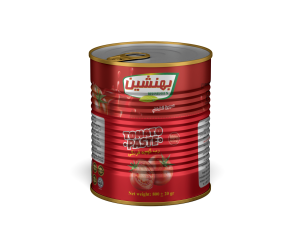
Tomato paste 800g is a popular choice among cooks and chefs for several reasons:
1. Convenience: tomato paste 800g is a convenient and economical way to store and use tomato paste. It’s large enough to be useful for multiple recipes, but not so large that it takes up too much space in the pantry.
2. Flavor Concentration: Tomato paste is a concentrated form of tomatoes, which means it has a rich, intense flavor that is more pronounced than fresh tomatoes. tomato paste 800g provides a generous amount of this concentrated flavor, making it easy to add depth and complexity to a variety of dishes.
3. Shelf Life: Behneshin Tomato paste 800g has a long shelf life due to its low water content and acidic pH level. This makes it a great ingredient to stock up on and use over time. The 800g size allows you to store it for months without worrying about it going bad.
4. Multi-Use: Tomato paste can be used in a wide range of recipes, from sauces and soups to stews and braises. The 800g size makes it easy to use in large batches or for making multiple dishes at once.
5. Cost-Effective: Compared to buying fresh tomatoes or other tomato products, sabatchin Tomato paste 800g is often more cost-effective. It’s also a great way to use up ripe or overripe tomatoes, reducing food waste and saving money.
6. Easy to Store: The compact size of the can makes it easy to store in a pantry or cupboard, taking up minimal space.
7. Universal Ingredient: Tomato paste is a staple ingredient in many cuisines around the world, including Italian, Spanish, Mexican, and Indian cooking. The 800g size makes it easy to have on hand for whenever you need it.
8. Recipe Versatility: Tomato paste 800g can be used as a base for many different sauces, soups, and stews. It’s also a great addition to roasted vegetables, meats, and grains. The 800g size allows you to experiment with different recipes and flavor combinations without running out.
9. Preservation Method: The canning process used to make tomato paste ensures that the tomatoes are preserved in their natural state, without added preservatives or artificial flavorings.
10. Quality Control: Reputable brands(Geranaz,Behneshin,Sabatchin) of tomato paste 800g undergo quality control measures to ensure that the product meets high standards for taste, texture, and consistency.
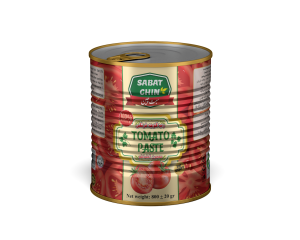
Exporting Process:
1. Manufacturing: Tomato paste 800g is manufactured by reputable companies in countries with ideal tomato-growing conditions, such as Italy, Spain, Turkey, and the United States.
2. Quality Control: The manufacturing process involves quality control measures to ensure that the product meets high standards for taste, texture, and consistency.
3. Packaging: The tomato paste is packaged in 800g cans, which are then labeled and prepared for export.
4. Shipment: The packaged tomato paste 800g is shipped to various destinations around the world via ocean or Railroad,trailer truck
5. Customs Clearance: The shipment is cleared through customs at the port of entry, where it is inspected and released for distribution.
Key Exporting Countries:
- Italy: Italy is one of the world’s largest producers and exporters of tomato paste, with many Italian companies exporting to countries in Europe, North America, and beyond.
- Spain: Spain is another major exporter of tomato paste, with many Spanish companies shipping to markets in Europe, Africa, and Latin America.
- Turkey: Turkey is also a significant exporter of tomato paste, with many Turkish companies exporting to countries in Europe, Middle East, and North Africa.
- United States: The United States is a major producer and exporter of tomato paste, with many American companies shipping to countries in North America, South America, and Asia.
Export Statistics:
1. Global Exports:The global market for tomato paste exports was valued at over $1.4 billion in 2020.
2. Leading Exporters: In 2020, the top five exporters of tomato paste were Italy ($341 million), Spain ($234 million), Turkey ($143 million), United States ($126 million), and Greece ($93 million).
3. Main Destinations: The top destinations for tomato paste exports in 2020 were the European Union (43%), North America (24%), Latin America (15%), Asia (12%), and Africa (6%).
Export Regulations:
- Phytosanitary Certificates: Exporters must obtain phytosanitary certificates from their country’s plant protection authorities to ensure that their products meet import regulations.
- Harmonized System (HS) Codes: Tomato paste exports are classified under the Harmonized System (HS) code 20029010, which covers “tomatoes and prepared or cooked tomatoes.”
- Country-Specific Regulations: Exporters must also comply with country-specific regulations regarding labeling, packaging, and labeling requirements.
